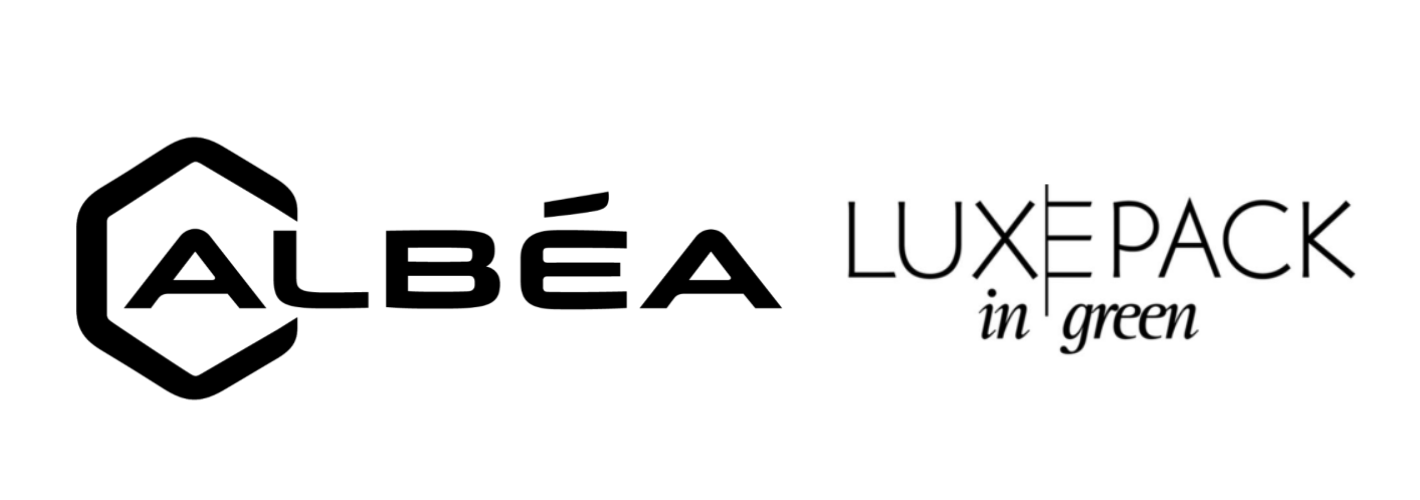Friday, September 26, 2025
Albéa – Towards 2030: A Collective Guide to Developing the Recyclability of Plastic Cosmetic Packaging

This initiative aims to promote the necessary actions to develop recyclable plastic cosmetic packaging solutions on a large scale by 2030. This project, co-led by Albéa and Gilles Swyngedauw as the representative of Elipso, in collaboration with FEBEA and its members, provides guidelines to reduce environmental impact, optimize packaging circularity, and support the sustainable development of recycling channels. By engaging both cosmetic brands and packaging suppliers, the guide offers concrete solutions to the challenges of recyclability.
OBJECTIVE
The main objective of our initiative is to highlight the complexity of cosmetic packaging, often made of multi-materials and sophisticated decorative elements.
This specificity, particularly strong in the luxury sector where packaging must remain a true object of exception, makes the challenge of recyclability even more important.
This specificity, particularly strong in the luxury sector where packaging must remain a true object of exception, makes the challenge of recyclability even more important.
Our project therefore aims to demonstrate the need to develop innovative solutions or adapt existing sorting and recycling streams, in order to achieve the ambitious recyclability targets set for 2030, while preserving the identity and perceived quality of brands.
This commitment is part of a pragmatic approach, based on the analysis of concrete cases, to reconcile environmental requirements, technical constraints, and the expectations of the luxury sector.
ENVIRONMENTAL IMPACT
The initiative behind the guide on the recyclability of plastic cosmetic packaging was born from an increased awareness within the cosmetics and packaging industries, in response to environmental challenges and new European regulatory requirements.
This approach mobilized a wide range of contributors, including packaging manufacturers and brand owners. The aim was to involve the entire value chain — from suppliers to brand owners — in a common dynamic of awareness and the search for concrete solutions, implemented at the scale of major brands.
This mobilization took the form of regular discussions, workshops, and experience sharing, in order to collectively identify barriers to recyclability and co-develop suitable recommendations.
Integrating recyclability as a central criterion from the packaging design phase is now a key challenge for the cosmetics industry.
Five fundamental criteria of recyclability:
- Efficient collection of used packaging
- Sortability in sorting centers
- Absence of disruptive substances or components
- Recovery of more than 50% of the packaging mass
- Possibility of recycling at an industrial scale
PROJECT INITIATION
The project began with the creation of a multidisciplinary working group bringing together packaging manufacturers, brand owners, and technical experts, following the Cosmetic Mediation launched in January 2023.
The first step consisted of a detailed assessment of the existing situation, including:
- A review of materials used
- An analysis of available recycling streams
Key constraints identified:
- Diversity of standards and lack of international harmonization
- Material compatibility and adaptation of existing molds
- Investments and costs of more virtuous alternatives
- Consumer acceptance of solutions and marketing requirements
IMPLEMENTATION
Implementation relied on a case-study approach, allowing a concrete analysis of cosmetic packaging recyclability.
Examples of analysis by packaging families:
- Tubes: Difficulties linked to labels, adhesives, seals. Solutions: favor removable labels or labels made of the same material as the tube.
- Compacts, palettes, and powder cases: Multi-materials (ABS, SAN, PET) and disruptive elements (mirrors, metal). Solutions: favor PP, limit metallic decorations.
- Sticks: Complex mechanisms making recycling difficult. Solutions: develop mono-material or easily dismantled sticks.
- Pump bottles: Presence of metal and variety of plastics. Solutions: all-plastic pumps or dismantlable pumps.
- Jars: Issues with aluminum seals and decorations. Solutions: compatible plastic seals, limit disruptive accessories.
- Dip-ins (gloss, mascaras): High multi-material complexity (plastic, metal, glass). Solutions: plastic applicators, new designs facilitating sorting.
COMPANY INVOLVEMENT
Albéa was strongly involved, co-chairing the group and adopting a collaborative approach.
The guide was developed with the active participation of manufacturers and brand owners, as well as European eco-organizations and technical experts.
The guide was developed with the active participation of manufacturers and brand owners, as well as European eco-organizations and technical experts.
This approach fostered:
- The robustness of recommendations
- Collective stakeholder engagement
- The dissemination of recyclability criteria across the industry
RESULTS AND IMPACTS
The initiative generated tangible benefits in terms of information and awareness:
- 3 webinars organized (2 in French, 1 in English) bringing together 302 participants
- The guide downloaded 200 times via Elipso and 136 times via FEBEA, in French and English versions
These actions contribute to:
- Spreading best practices
- Accelerating the transition towards more recyclable cosmetic packaging
- Uniting the entire value chain around a shared vision